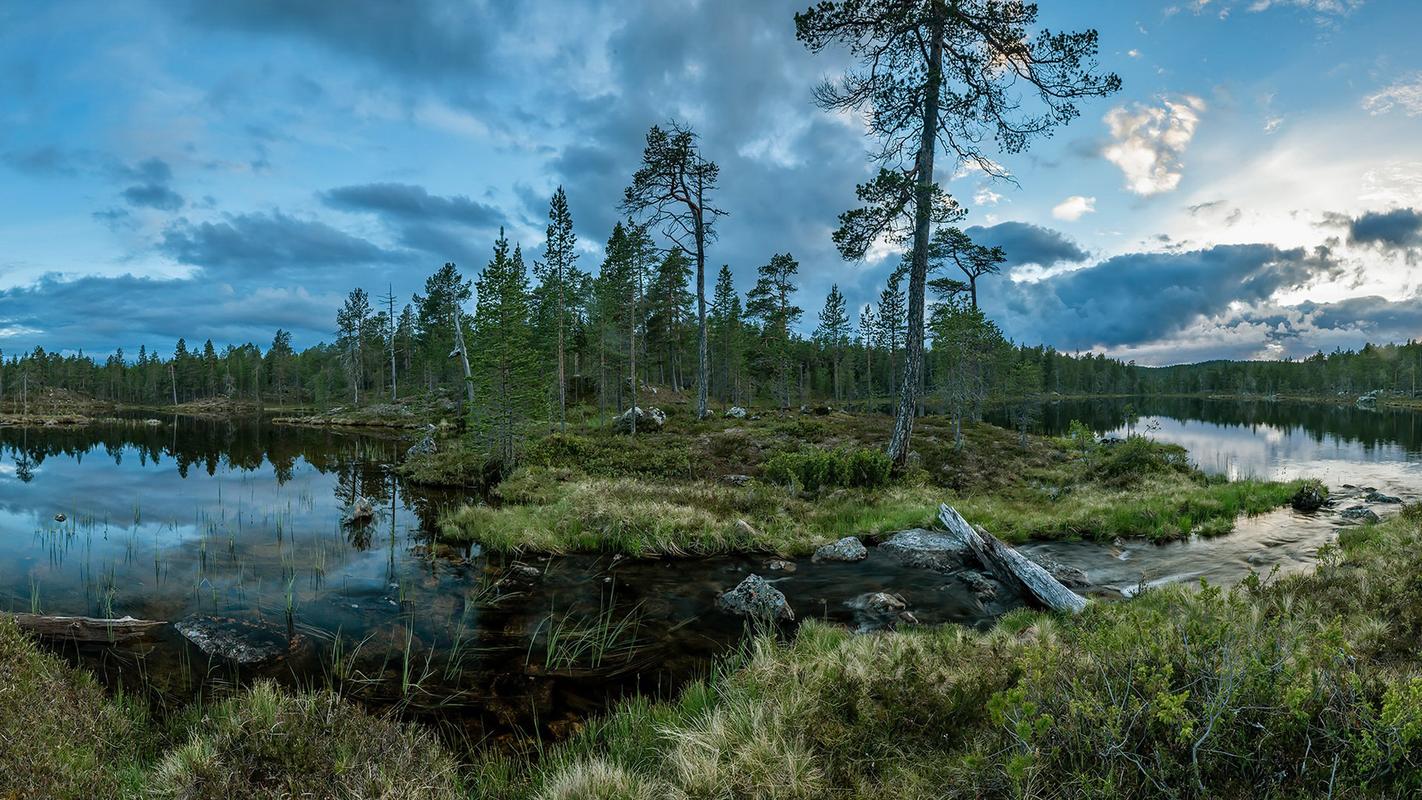Exploring the Fascinating Cultural Heritage of Zimbabwe: A Comprehensive PDF Guide
Zimbabwe is a country rich in history and culture, with a heritage dating back to the 11th century. With a diverse population and a mix of tribal and colonial influences, Zimbabwe has a fascinating array of cultural traditions and customs that make it stand out in Africa and the world. From its ancient ruins to its unique music and dance, Zimbabwe is a melting pot of cultures that is sure to amaze and inspire visitors.
The UNESCO World Heritage Sites:
Zimbabwe is home to some of the most impressive UNESCO World Heritage Sites in the world. These sites showcase the rich history of the country, from ancient rock paintings to elaborate stone structures. The Great Zimbabwe, for example, is a series of ruins that date back to the 11th century and was once the capital city of the Kingdom of Zimbabwe. These ruins are an impressive feat of architectural engineering and are a testament to the advanced civilization that once existed in Zimbabwe.
Matobo Hills is another UNESCO World Heritage Site that showcases the natural wonders of Zimbabwe. This site is home to a collection of granite rock formations that are over 2 billion years old. The Matobo Hills have played an important role in Zimbabwean history and culture and are a must-visit location for anyone exploring the country’s heritage.
Dance and Music:
Dance and music are an essential part of Zimbabwean culture and play a crucial role in many traditional ceremonies and celebrations. From the intricate footwork of the Mbira dance to the rhythmic drum beats of the Mapiko dance, Zimbabwean dance and music are a lively and energetic experience.
The Mbira is a traditional instrument that is used in many Zimbabwean music genres. Its distinctive sound is created by plucking the metal tines with the thumbs while holding the instrument in the palms of the hands. The Mbira is an important instrument in Shona music, which is a popular music genre in Zimbabwe.
Traditional Customs:
Zimbabwe has a mix of tribal and colonial influences that have influenced the country’s customs and traditions. Many of these traditions are still practiced today and provide a glimpse into the country’s cultural heritage.
One of the most unique customs in Zimbabwe is the Bira ceremony, which is a traditional Shona ceremony that honors the spirits of the ancestors. This ceremony involves dancing, singing, and the offering of food and drink to the ancestors.
Conclusion:
Zimbabwe’s cultural heritage is a fascinating topic that cannot be explored in just one article. However, this comprehensive PDF guide provides an excellent starting point for anyone interested in learning more about the country’s history and traditions. Whether you’re interested in visiting UNESCO World Heritage Sites like the Great Zimbabwe or experiencing the lively dance and music culture, Zimbabwe has got something to offer for everyone.
(Note: Do you have knowledge or insights to share? Unlock new opportunities and expand your reach by joining our authors team. Click Registration to join us and share your expertise with our readers.)
Speech tips:
Please note that any statements involving politics will not be approved.
